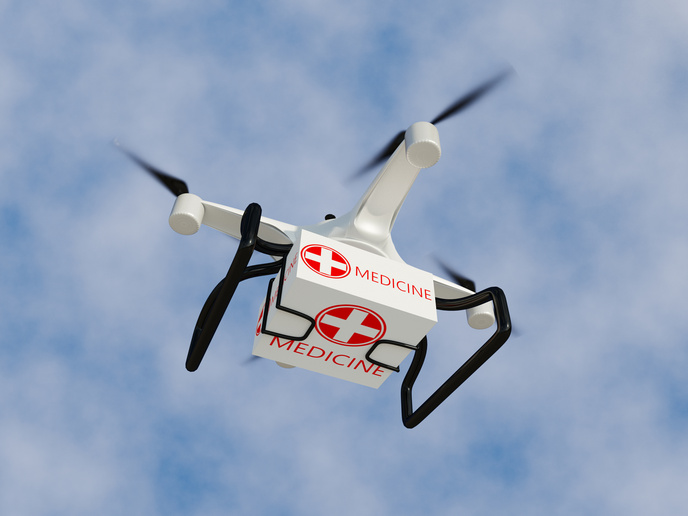Trustworthy data is key to rolling out automated vehicles
Lingering concerns about vehicle safety and security are a challenge to the progress of automated driving across the EU. Crucial to resolving these fears is guaranteeing the trustworthiness of the data generated and exchanged by driving technologies, both those on board vehicles and those embedded in roadside infrastructure. “Data can be corrupted by mechanical defects, equipment degradation or computer failures, and there is also always the risk of deliberate cyber or physical attacks aimed at compromising security,” says project coordinator Lisa Burgstaller-Hochenwarter, from Austrian research firm Technikon. CONNECT is working to bolster the EU’s ambition of connected, cooperative and automated mobility (CCAM), by developing a data model that captures all the trust relationships in the communications system, then assessing whether the data is reliable enough for processing. The project benefits from the expertise of 16 partners from eight countries, representing the automotive industry and associated service providers, alongside research institutes and SMEs. “We are building a system for cybersecure data sharing between data sources across the CCAM ecosystem, plugging the gaps where previously no, or only insufficient, trust relationships had been verified,” explains technical lead Thanassis Giannetsos, from Greek research company Ubitech.
Never trust, always verify
Guided by the principle of ‘never trust, always verify’, CONNECT’s algorithm determines the origin and integrity of data, constantly verifying its plausibility and consistency. The assets that generate, transmit and use the data, such as sensors and software, are also evaluated for their trustworthiness. “Our approach combines this evidence to make a judgement in the form of a single statement about how trustworthy a node or data is, alerting system operators to any potential vulnerabilities,” notes Frank Kargl, scientific lead of the project and professor at Ulm University in Germany, a project partner. Given the amount of data that future automated and connected vehicles will store, some of it sensitive, CONNECT is exploring the application of secure data processing domains known as trusted execution environments. These contain a protected compartment within a computer’s central processing unit that shields data and programs from attack by blocking access to them even if the rest of the computer is compromised. Additionally, combining the vehicle’s systems with cloud-based information about the wider environment offers comprehensive situational knowledge that improves automated driving through perception sharing, route planning, real-time local updates and coordinated driving. “As an alternative to most of today’s technology, our cybersecurity system spans infrastructure, hardware and software, onboard units, all augmented by cloud and edge computing. Combined, this offers a novel trust architecture for the secure deployment and operation of safety-critical CCAM functions,” adds Giannetsos.
Network traffic
CONNECT’s vision of ensuring a communication system that enhances the mobility and safety of transport networks has been demonstrated in three use cases. The first is ‘intersection movement assist’, a complex cooperative driving scenario where effective communication is crucial. Work was led by IRT SystemX. The ‘cooperative adaptive cruise control’ use case, led by Denso Automotive Germany, models the complex in-vehicle network and captures the need for trustworthy data extraction and management. And the ‘slow-moving traffic detection’ scenario, supported by the Fiat Research Centre Stellantis and the Technical University of Turin, showcases through a real-world demonstrator how multiple trustworthy data sources can generate representative mobility maps. “As one of the first to demonstrate the integration of affordable, advanced and trusted technologies into automated vehicles, CONNECT is focused on demonstrating its advantage over existing tools,” concludes Giannetsos.
Keywords
CONNECT, connected, cooperative and automated mobility, automated, vehicles, trust, data, transport, cybersecurity, algorithm, roadside, safety, automotive, traffic, edge computing







